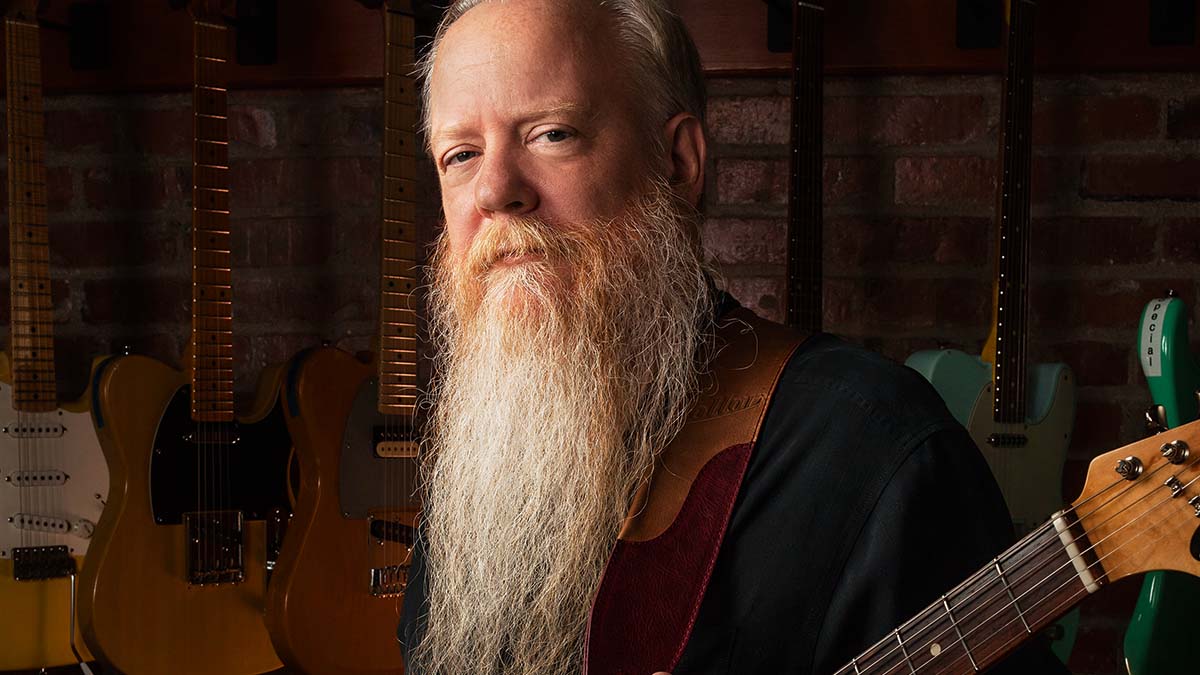
Poised and responsive, with a sonic vibe all of their own, Lollar is one of the few electric guitar pickup brands whose products we could identify almost blindfold.
Whether it’s P-90s we’ve played in an Eastman semi on review or Tele pickups fitted to one of our modded creations, Lollars always seem to pull off the trick of being balanced yet never bland, clear yet never clinical, classic but never clone-like.
So when founder Jason Lollar said yes to an in-depth chat about his approach to designing and building pickups – both traditional and progressive – we were intrigued to find out more. We join him to delve deep into Lollar pickups from A to Z, ranging from his earliest days as a designer to his most recent designs.
How did you start making pickups?
“Well, I started building electric guitars in the mid-’70s. I went to Roberto-Venn [School of Luthiery] in Phoenix, Arizona, and they showed us how to make really rudimentary pickups, kind of like what Semie Mosrite used to make.
“They were made out of bits of plastic with a wood core and you’d glue it all together and drill it out. They had a little winder powered by a sewing-machine motor and a [model] train transformer. You were constantly getting shocked any time you touched that transformer…
“Anyways, after I went through that school, I kept building guitars through the ’80s and ’90s, and I was making pickups for most of them, too. It was saving me some money at the time and people liked them. Eventually, people started wanting me to make the pickups [as standalone products].
“I built about 50 guitars in the ’80s, but the pickups became popular and by the 2000s I wasn’t making instruments primarily any more, I was just making pickups. So it just started with me in my garage while I was working a day job. I was playing music at nights and then I’m working 20-hour days, sometimes 48 hours straight, and it grew out of that.”
I built about 50 guitars in the ’80s, but the pickups became popular and by the 2000s I wasn’t making instruments primarily any more, I was just making pickups
In recent years, there’s been an explosion in the number of independent pickup makers. Is it good or bad to have such widespread, granular competition?
“Well, I think it would be more difficult to start something new, now, with that many people out there. There are thousands of people making pickups – and I got into it at just the right time, you know?
“As far as small pickup makers went, there was Lindy Fralin [who got started] a couple of years before I came out – we were about the same time – so there was me and Lindy and then TV Jones, who makes Gretsch Filter’Tron type stuff. But now it’d be really hard to stand out from everybody else.
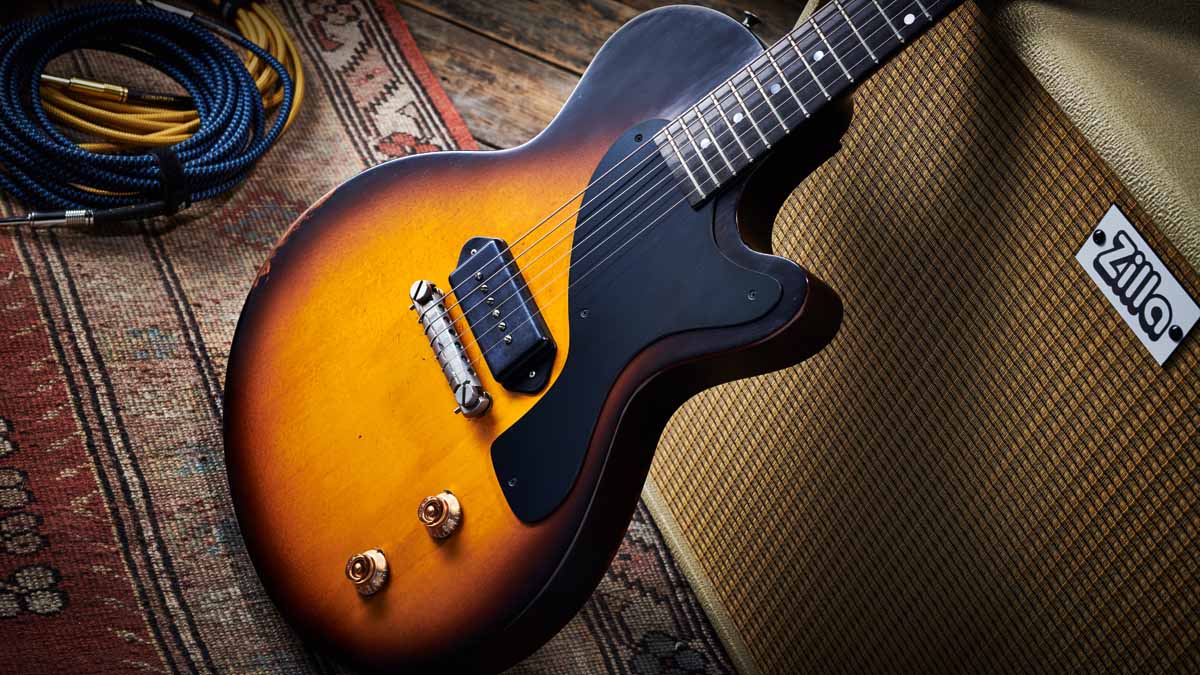
“But I think it’s helped the industry. I think what really opened it up was when places like the parts suppliers started selling pickups and advertising that they were selling pickups.
“I wrote a book about it [For The Guitar Enthusiast, Basic Pickup Winding & Complete Guide To Making Your Own Pickup Winder, 1999]; way back then it was the only book that showed the mechanical process of how to unspool the wire and how you could make a machine that would automatically wind it back and forth.
“We sold several thousand copies. I still hear people say today, ‘I got started winding pickups because I read your book and realised that the mechanics are not that difficult.’ There’s other subtle things that are very difficult [when making pickups], but not the basics, like how to get the wire onto the bobbin.”
When you get beyond those basics, what are the higher-order skills you need to master as a pickup maker?
“Whatever you’re making, you want to make sure there’s a consistency across all of that particular design. So if you wind one and come back a month later and wind another, you want them to sound almost exactly the same. It’s hard to do and a lot of people don’t really know how to achieve that.
“You have to know what affects the outcome and what doesn’t – and it’s really easy to fool yourself by comparing pickups in two different guitars. If you don’t have the volume and tone pots all matched and the same amount of wire and everything, you’re gonna get a variation just from that.
“You’ll think, ‘Oh, well, I wound this pickup this way, and this one that way, and this one sounds better than that one,’ but it’s actually just the pots. That gets overlooked a lot.”
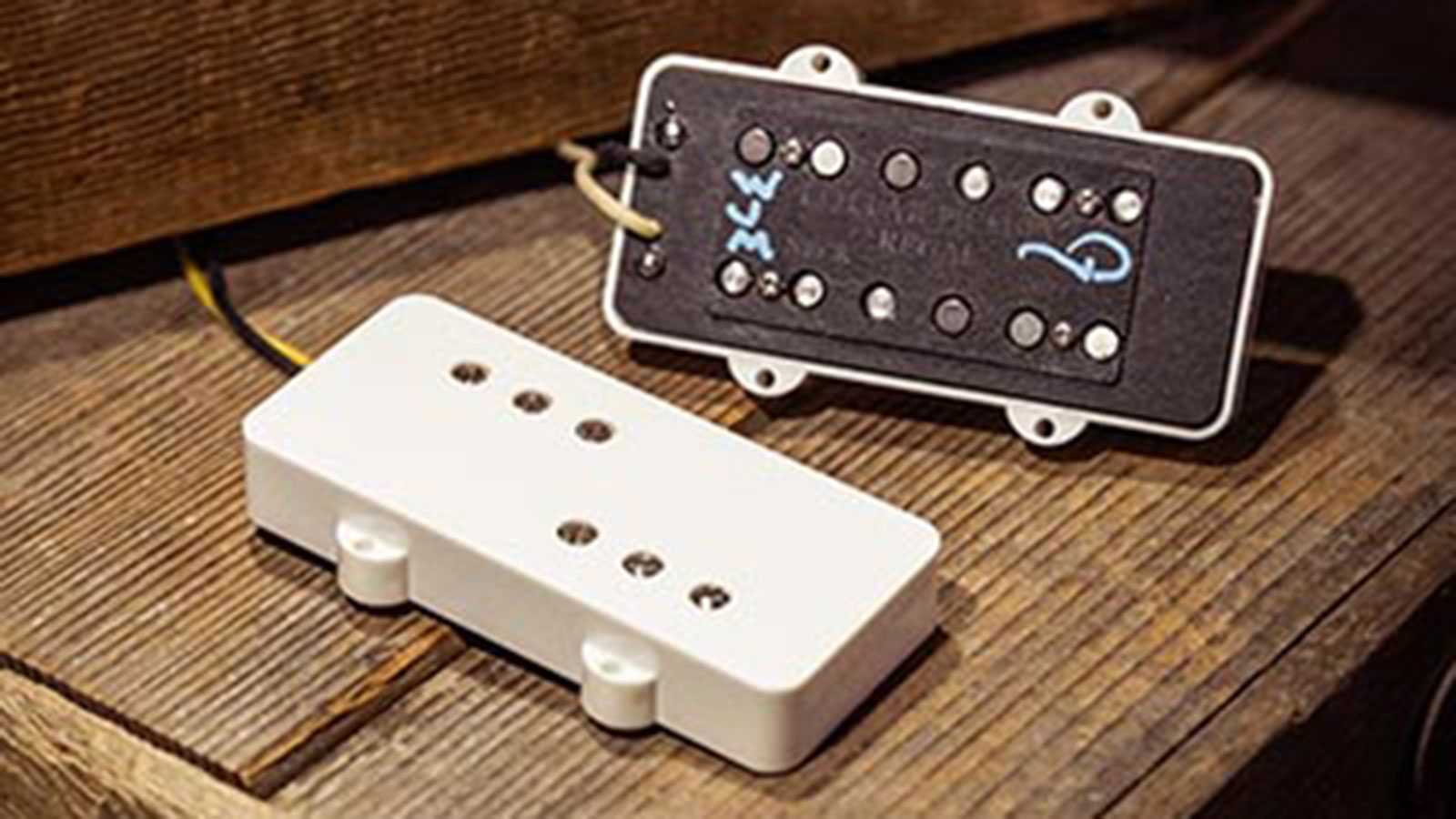
“Knowing what affects the outcome takes a while to understand. For example, one time we were getting weird results… There’s a counter on our machines that shows how many winds are on it. Most of them I have now are digital counters, but these old ones were electromechanical and had gears in them.
“After you’ve wound 100,000 pickups on it, the gears will wear out, and then the numbers start just flipping around. So we were getting these weird results, like ‘What’s going on?’ but we didn’t realise the counter was stripped out. Eventually, I figured that out. So there’s a variable right there you wouldn’t necessarily think about.
Even the way the wire is laid makes a difference in how much output you get, how snarly the pickup is or how tight and percussive it is
“We have our wire made specially for a certain diameter because the industry, over the years, has made the diameter a little bit on the smaller side. To be [rated as] a certain gauge of wire, it has to fall in between two different numbers: one’s a little lower, one’s a little higher. But as long as it’s in between that, it’s supplied as that gauge [of] wire.
“So we have ours made slightly bigger, and they also change the formulation of insulation on the wire. Even the way the wire is laid makes a difference in how much output you get, how snarly the pickup is or how tight and percussive it is. If it’s scattered more, you don’t get as much output for the same amount of turns. So you can manipulate the outcome that way.”
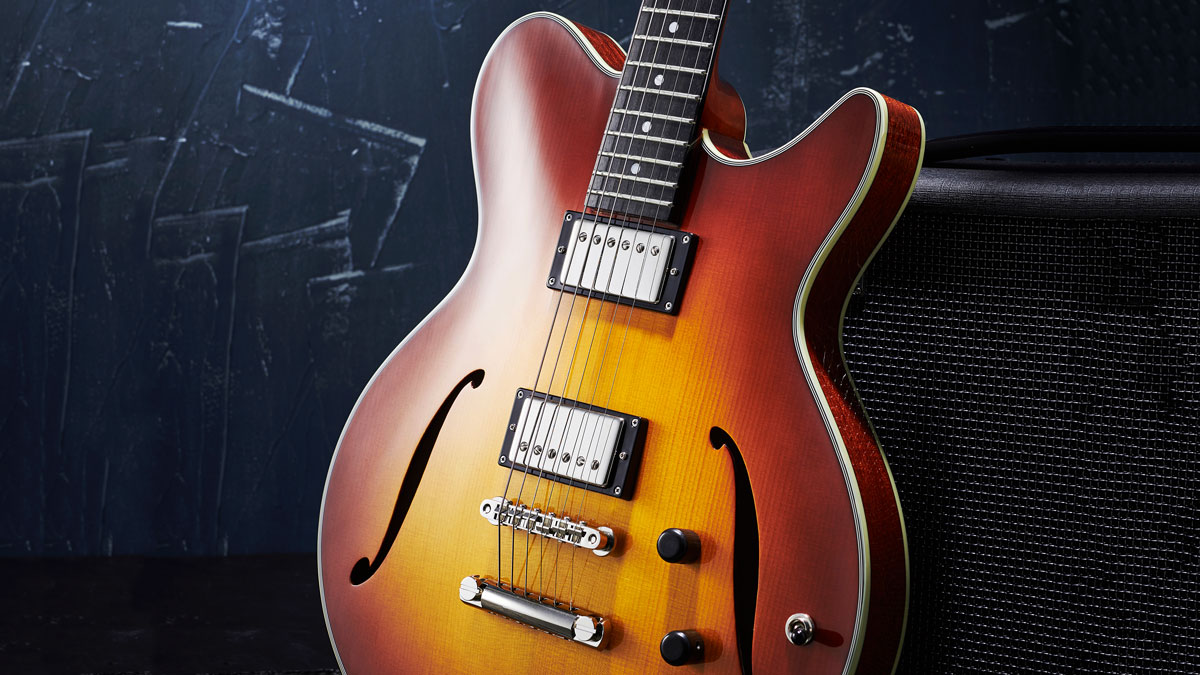
“There’s also a lot of debate about whether woods in the guitar make any difference – believe it or not, it’s hotly debated – so we have a whole wall of guitars. We have five or six Teles that are made on an alder body with a maple neck, for example, and we’ll put pickups in them and we’ll match the pots. Everything, electronically, is matched. We even adjust the pickup height with a scale so we can see how far they are [from the strings].
“We can match everything up, put new strings on both guitars – because just having old strings will make a difference in how it sounds. And, by the way, you can fool yourself into thinking, ‘This pickup set sounds darker’ because it’s got old strings on it. So we do everything. A lot of times, there’s still a difference in the sound and it’s just the density of the guitar body. We have some guitars that are noticeably darker than others; everything else is the same. So that’s another factor.”
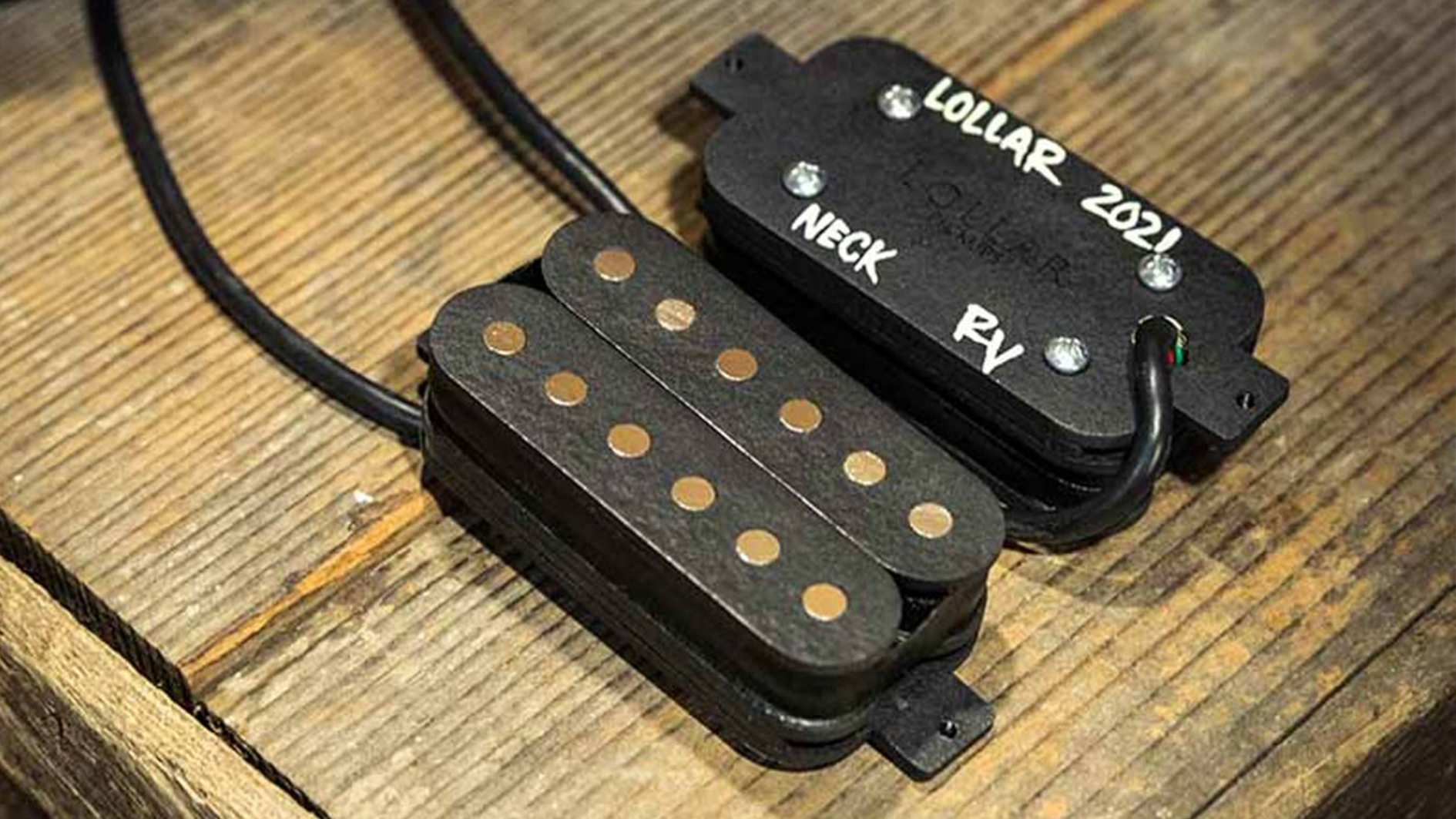
We’ve always thought your pickups have a subtle but tangible ‘Lollar’ feel and sound that you start to notice once you’ve played a few different designs. In your opinion, where does that come from?
“What I like is a pickup that will follow anything you put into it – it doesn’t just smear your attack and have one sound all the time. You can get various sounds just by how hard you hit it, how light you touch, the gauge of string [you’re using]…
“Some people like a pickup that just sounds like that pickup no matter what they throw at it. It’s a little bit easier to control that way, but that’s not what we’re doing. We’re looking for, like, a sports car kind of thing instead of a big truck. That would be the difference.”
Your Imperial humbucker is widely regarded as one of the best PAF-style humbuckers out there. But since original PAFs varied in sound and output quite a lot, how do you choose what the archetypal PAF actually is?
“Yeah, that’s why we make a few different versions of them [Imperial humbuckers] because some PAFs are a lot hotter than others. But back when I started, it was a lot easier to work on guitars that had PAFs in them.
“We were at Chicago Music Exchange with all of the sales team once and they had, I think, a 1960 or a ’59 Sunburst just sitting on a couch and we grabbed it and took it into a room and played it… Most [PAFs in ’Bursts] have a particular point, when you dig in, where the treble kind of comes out and you can really hear the attack in the forefront more.
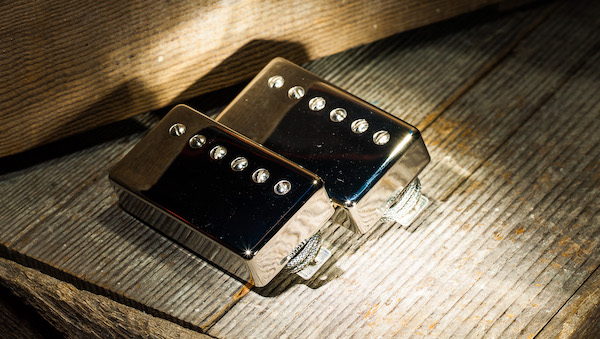
“But, occasionally… There’s this YouTube channel, and I went down and visited those guys. They had a Goldtop that was a ’57 and the bridge pickup had a really unique property to it, where it almost sounded like a cymbal when you hit it, you know? It was really strange. I’ve never figured out what made that particular pickup do that because I’ve never heard that before.
“Then the neck pickup just sounded like a typical PAF. So there are outstanding ones sometimes. The thing about that Goldtop bridge pickup is that it would probably annoy a lot of people, but for what it does, you could utilise it in some really unusual ways. It would not be for everybody, though, that’s for sure.
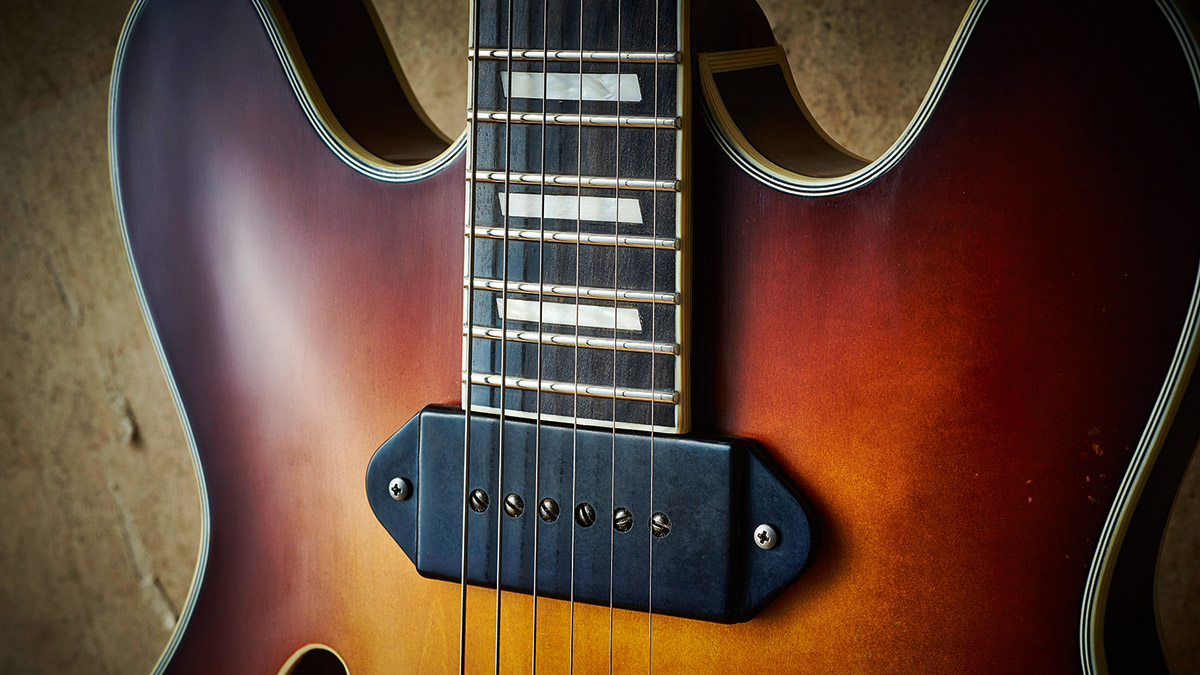
“So, you know, typically PAFs are in a certain range, and that’s what we made the Imperial to be. It’s based on pickups that were wound in a medium output, rather than a higher one or a lower one – though we also make both of those [variations as options], too.
A lot of the Gibson pickups that they used in archtops or hollowbodies are wound lower and I imagine they did that to minimise the low-end feedback
“A lot of the Gibson pickups that they used in archtops or hollowbodies are wound lower and I imagine they did that to minimise the low-end feedback. Less low-end coming out of the pickup is not going to couple with the guitar top as much and make that howling ‘Whoo!’ sound that hollowbodies can do.”
One characteristic of the best pickups is the treble is always ‘sweet’ and never painful on the ear, which is really noticeable in your designs. What’s that about?
“I have one ear that’s really sensitive to a particular frequency – I think it’s up around 3kHz or something in there – and if you overemphasise that particular frequency, it gives you what people call an ‘ice-pick’ kind of sound. I can hear it right away. It’s like, ‘That’s not what I want at all. I don’t want that type of treble.’ It’s got to be a little bit flatter, the response, not a big peak. And that has a lot to do with the way it’s wound.”
When you make pickups inspired by classic designs by vintage Fender or Gibson pickups, are you aiming for a precise replication or an evolved version?
“Well, that’s a good point because that’s what we try to do: build them better than they used to, not build them like they used to. Make them so they’ll hold up even longer, so the apocalypse will happen before most of our pickups ever take a dump [laughs]. But some of that has to do with simple things like how the lead wire has some strain relief on it. A lot of older pickups, if you just pulled on the lead wire, the whole thing would come apart: bang!
“In the Fender-type single coils they used to wind, they would dip the bobbin in lacquer after it was assembled, and that would insulate the magnets. But what happens on those, for one thing, the wire… as you put more turns on a coil, it increases the tension of the coil and it’ll cut right through the lacquer and touch the magnet. There are little voids in the insulation on the main wire, so your coil is always going to be shorted out against one of the inside magnets when they’re made that way. So we use super-thin insulating tape around it that eliminates all that.
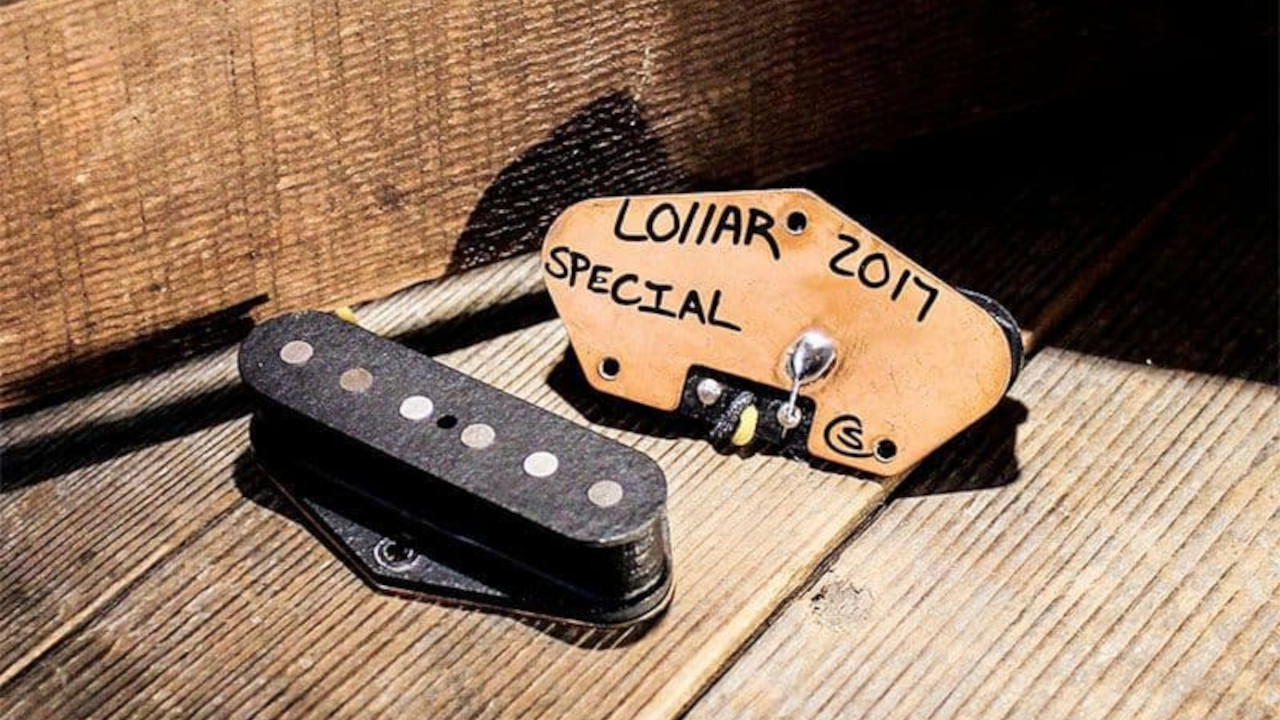
“The other thing that happens on the Fender single coils is once you get sweat all over them, the poles start to corrode and then the corrosion goes down the polepieces into the coil and it breaks the coil and then your pickup’s dead. But having tape around it, if they do corrode, the corrosion will be underneath a layer of tape, rather than right against the coil.
“So we take things like that into consideration. There are certain things we won’t do because there’s either no strain relief on the lead wire, or we know [a vintage pickup design] is bound to fail from a design flaw. So that’s what we do.”
The reason I started playing electric guitar was because I bought Are You Experienced by Hendrix
What are your particular favourite pickups from the past?
“Oh, well, I like right before they sold Fender to CBS. Early to mid-’60s. Those Strat pickups I like more than like a ’54 or even a ’59, and ’59 is kind of a hotter pickup and they tend to be really spiky and ice-picky in comparison. That’s my thing.
“The reason I started playing electric guitar was because I bought Are You Experienced by Hendrix. Also [songs such as] Machine Gun [on Band Of Gypsys]. All those kinds of sounds. Even Ritchie Blackmore, he was using a little bit later-built Strat that was a bit more gritty and snarly, but he was still able to get that sparkly, almost acoustic kind of sound.”
Where is Lollar going next, design-wise?
“In the last year, we released a number of different designs. Now, we’re into fulfilling orders. The R&D we’ve been doing for the last two years has slowed down a bit, but that’ll come back around; we’ll be developing something else.
“We came out with some really unusually responsive pickups, like a humbucker with Alnico poles in it – that thing, it’s like driving a Formula 1 car, or what I imagine what that would be like. You barely increase your pressure on your pick and it’s jumping – it’ll go from super-clean and Fender-y sounding to way, way deep into hard output.
“We also did a similar thing with a double blade called the dB Humbucker. Which, because it’s full of steel, really gives you a grind. The guys in High On Fire – a metal band – they love them. But they’re not really a mellow pickup. They’re very responsive and dynamic. Basically, what we’re doing is trying to find a little bit more room for people to work.”
- For more information, head to LollarPickups.com.







